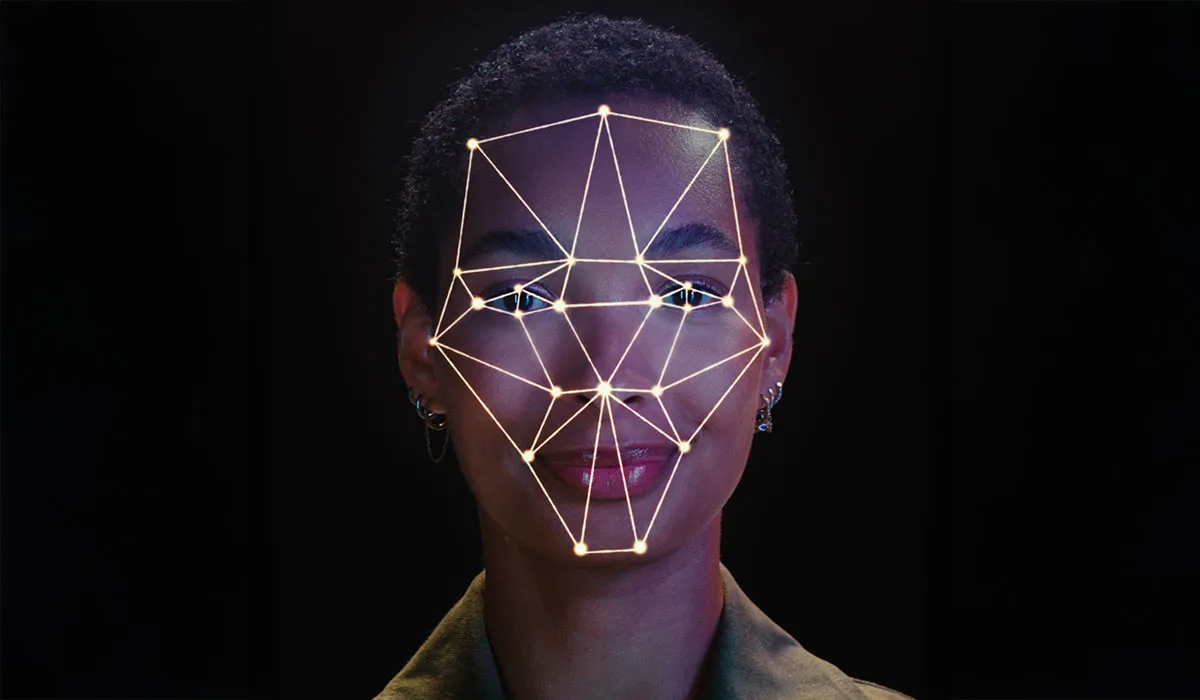
No one likes waiting in airport lines. Whether it's the check-in counter, security checkpoint, or boarding gate, time spent queuing lessens the excitement of travel. But technology is changing that—fast.
Biometrics, using unique physical characteristics for identification, is becoming the go-to solution for airports aiming to speed things up and tighten security. According to the 2024 IATA Global Passenger survey, 46% of travellers used biometric identification at airports last year, and nearly three-quarters said they'd rather use biometrics than carry traditional passports and boarding passes.
No passport? No problem
Imagine walking through the airport without pulling out your ID or boarding pass. That's already a reality in many places. Facial recognition is the prevailing technology, thanks to its speed and convenience. Stand in front of a scanner, and you're through—no fumbling for documents.
But how does it work?
These biometric systems match a distinct pattern of points on a traveller's face to their passport and travel data stored in secure databases, verifying their identity in seconds. Documents are still required for the initial enrollment process, which associates the biometric data to a verified identity credential.
The U.S. Customs and Border Protection's Global Entry kiosks use this tech, letting registered travellers breeze past passport control in seconds.
But it's not just about your face. Fingerprint scanners are still common at immigration counters. Iris recognition—scanning the unique patterns in your eyes—offers top-tier accuracy, even if it's less widespread.
Where it's happening now
Some airports are sprinting ahead. Singapore's Changi Airport plans to automate 95% of its immigration process by 2026, aiming for security checks that take as little as 10 seconds, significantly reducing wait times.
Dubai International's biometric smart gates already let travellers clear security and board flights without producing their passports. Meanwhile, Hamad International Airport in Doha has introduced biometric e-gates, allowing passengers to verify their identity with facial or iris recognition. In the Americas, Miami International Airport is expanding its use of facial recognition for both arrivals and departures, ensuring faster passenger processing.
Europe isn't far behind. Starting in 2025, the European Union's Entry/Exit System (EES) will require non-EU travellers to register biometric data, tackling the growing issue of passport fraud and streamlining border crossings.
India has the largest biometric database in the world, and Digi Yatra uses it to speed up travel. In 18 months, Digi Yatra has integrated its technology into 14 airports and plans to expand to 15 more, for a total of 29 airports across India.
Why it matters (And why travellers approve)
Getting through security faster is a win. But biometrics offers more than just speed. Airlines and airports are saving on cutting down on congestion. For travellers, it's about convenience and peace of mind. TSA biometric lanes in U.S. airports have reduced processing times by up to 75%. No wonder nearly 80% of U.S. travellers back the technology, citing quicker lines and less hassle.
Addressing privacy concerns
Privacy is still a top concern. Who stores your biometric data? How long do they keep it? And what safeguards are in place?
Global regulations are being implemented to address these concerns. The European Union's General Data Protection Regulation (GDPR) enforces strict guidelines on biometric data use, requiring consent and secure storage measures. In the U.S., the Department of Homeland Security (DHS) has policies ensuring biometric data is encrypted and retained only for a limited time. Despite these measures, concerns remain over how biometric data is shared between countries and private companies.
Then there's the cost. Installing biometric systems isn't cheap. Airports need new hardware, software integration, and staff training. Smaller airports may find it hard to justify the investment. There's also the issue of global standards. A system that works in Toronto should work in Riyadh—but that's easier said than done.
Local rules and traveller demographics also play a role. Biometric rollouts can be slower in regions with strict privacy laws, and in places where travellers are wary of surveillance, adoption may lag.
The future of travel experience
Biometrics is here to stay—and it's only getting smarter. Technologies like artificial intelligence and multifactor systems (using multiple biometric identifiers at once) promise faster and more accurate identification. The goal? A fully automated, paperless journey where your face is the only thing you need.
The majority of airport usage is for crossing borders, but this technology can play a crucial role in enhancing guest experience.
Ink Innovation, for example, is transforming the airport experience with an integrated biometric solution designed to improve the entire passenger journey.
“Biometrics is no longer just a concept for the future. Our system enables travellers to pass through check-in, security, and boarding using only their biometrics—removing the need for passports and boarding passes at multiple touchpoints,” shares Victor Alzate, Chief Product Officer at Ink. “This technology is already embedded into our ecosystem, replacing manual steps with a more efficient and secure process.”
With this innovation, technology companies are leading the shift towards a paperless, more efficient travel experience—where identity verification happens instantly.
Beyond airports
The real question is, how far will this technology go?
Airports aren't the only ones embracing biometrics. With rapid advancements and increasing adoption, biometrics is set to transform not just air travel but the entire transportation industry.
Train stations, cruise terminals, and even car rental services are exploring biometric solutions to offer travellers an experience from start to finish. Imagine boarding a train in London or a ferry in Hong Kong with the same ease—no tickets, no waiting, no delays.
The market reflects this momentum. In North America alone, the biometric tech industry—valued at $13.51 billion in 2022—is projected to triple to $45.09 billion by 2030. Europe is also seeing strong growth–the region's biometrics market was valued at $12.4 billion in 2024 and is expected to reach $39.3 billion by 2033.
The future of connected, secure, and stress-free journeys is closer than we think.






